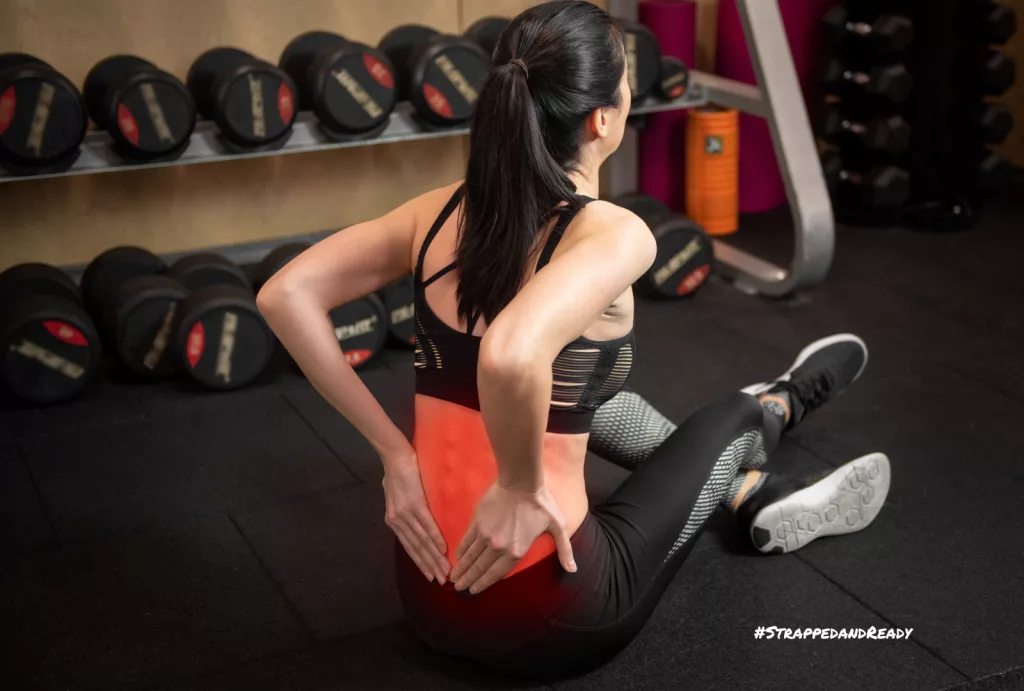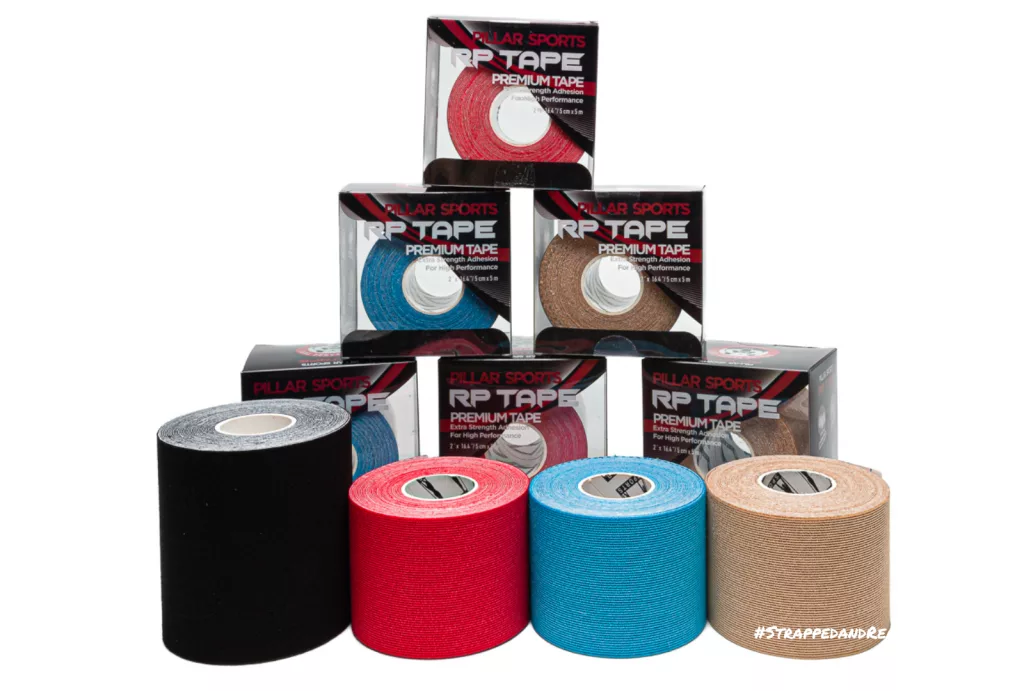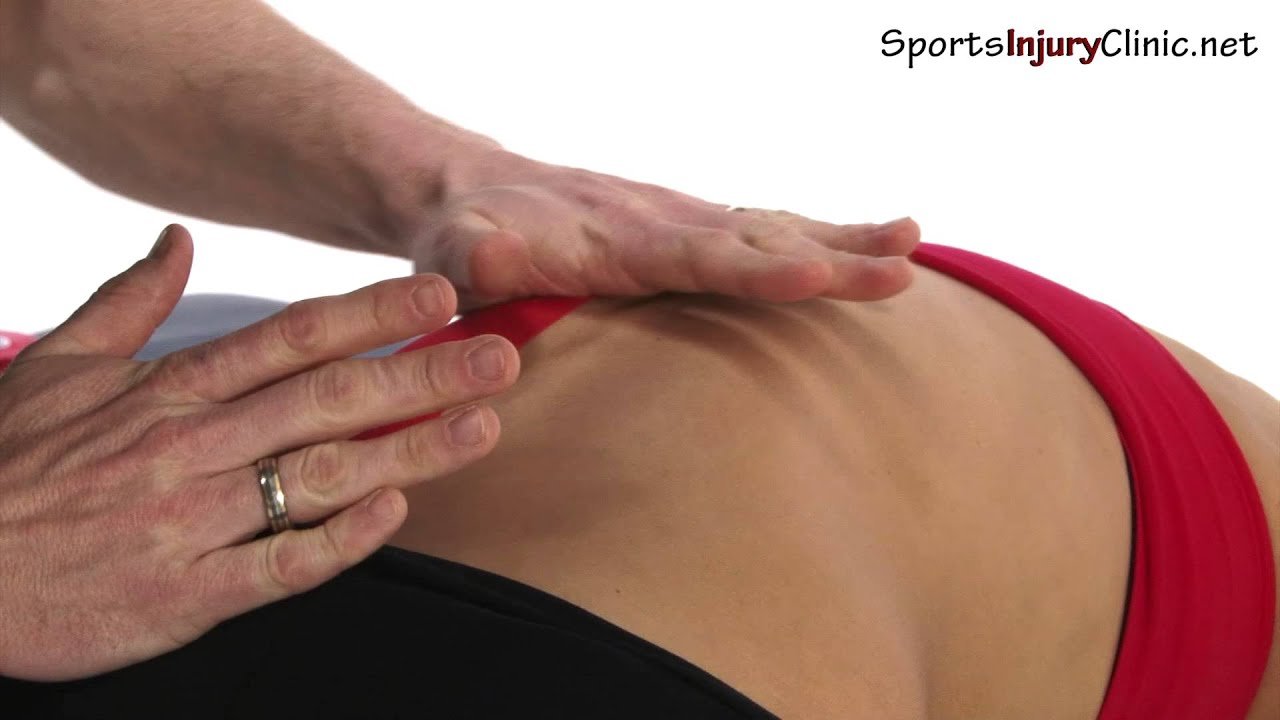
Please be very aware that this information is neither intended nor implied to be a substitute for professional medical advice. Always seek the advice of your doctor or other qualified health professional before starting any new treatment or with any questions you may have regarding a medical condition.
KT Tape for Lower Back and Hip Pain is a popular solution for athletes and active individuals seeking support and relief. Whether you’re dealing with muscle tightness, strains, or general discomfort, kinesiology tape offers a non-invasive way to stabilize your back and hips, helping you stay mobile and pain-free.
One widely used solution is KT Tape / K Tape / kinesiology tape—a flexible, adhesive sports tape designed to support muscles and joints without restricting movement. This guide will cover everything you need to know about using KT Tape for lower back and hip pain, including how it works, application techniques, and answers to common questions.
Looking for sports tape in Hong Kong or Singapore?
Pillar Sports offers fast delivery and affordable shipping to both locations. Browse our sports tape catalog to get started.

KT Tape or K Tape, short for kinesiology tape, is a lightweight, stretchy tape that mimics the elasticity of human skin. It helps alleviate pain by gently lifting the skin, which improves blood circulation, reduces pressure on pain receptors, and supports muscles without restricting mobility.
Unlike traditional athletic tape, which is primarily used for immobilization, KT Tape allows for full range of motion, making it ideal for active individuals who need support without stiffness.

Raging Panda Kinesiology Tape 5cm x 5.5m
KT Tape works by:
Read more about Kinesiology Tape on this blog from Healthline.
Athletes and fitness enthusiasts turn to KT Tape for support. Here’s why it’s beneficial:
🎯 This makes it especially popular in high-movement sports like rugby, football, martial arts, CrossFit, and running.
Applying KT Tape correctly is crucial for maximizing its effectiveness.
Follow these step-by-step instructions:
Cut two strips and round off all corners to prevent peeling. On one strip, fold back the top corner of the backing paper to create a tab for easier application.
Have the person bend forward so the back muscles are fully stretched.
Gently rub both strips again to secure the tape. When the person stands upright, the tape will provide support along both sides of the spine.
When it’s time to take the tape off, rub it again first to “deactivate” the adhesive before slowly peeling it away.


Watch a step-by-step video tutorial for reference:
💡 Tip: If you’re in Hong Kong or Singapore, we ship fast. Explore our kinesiology tape options.
KT Tape provides support, improves circulation, and reduces pain in muscles and joints without restricting movement.
To prevent irritation, slowly peel the tape back while applying pressure on the skin. Removing it in the direction of hair growth and using oil or warm water can ease the process.
No, KT Tape is designed for single use and should be replaced once it loses elasticity or adhesion, usually after 3-4 days.
KT Tape is a valuable tool for managing lower back and hip pain, especially for athletes engaged in high-impact sports. Its ability to relieve pain, improve circulation, and provide non-restrictive support makes it a favorite among rugby and football players.
By following proper application techniques and using KT Tape as part of a broader recovery strategy, you can stay active while protecting your muscles and joints.
Looking for sports tapes in Hong Kong or Singapore?
Pillar Sports delivers locally with fast shipping times. Order now to stay #StrappedAndReady.
Explore our Sports Tape Catalog | Explore our K Tapes
This site is protected by reCAPTCHA and the Google Privacy Policy and Terms of Service apply.

Grab HK$20 OFF your first order of performance-tested tape & gear.
*when you spend HK$300 or more.*
Join 1,000+ athletes already training with Pillar Sports tape.
No spam. Unsubscribe anytime.